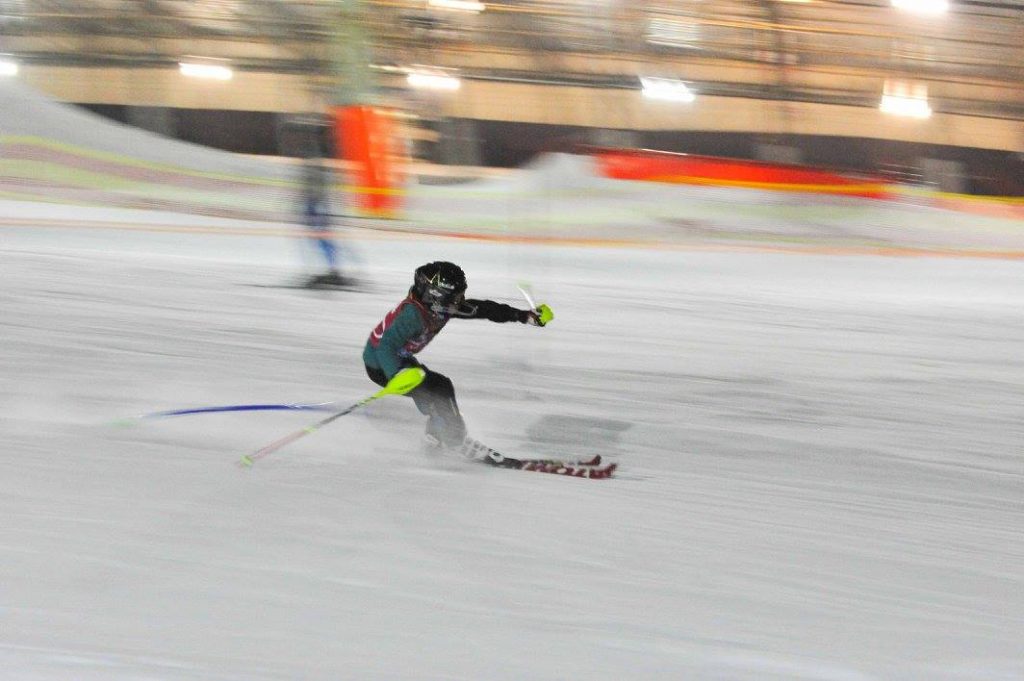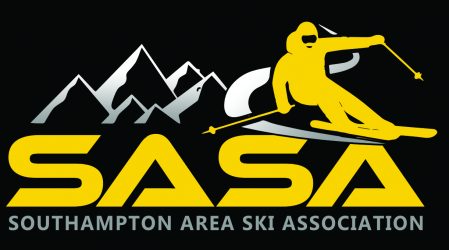SASA Winter League
The perfec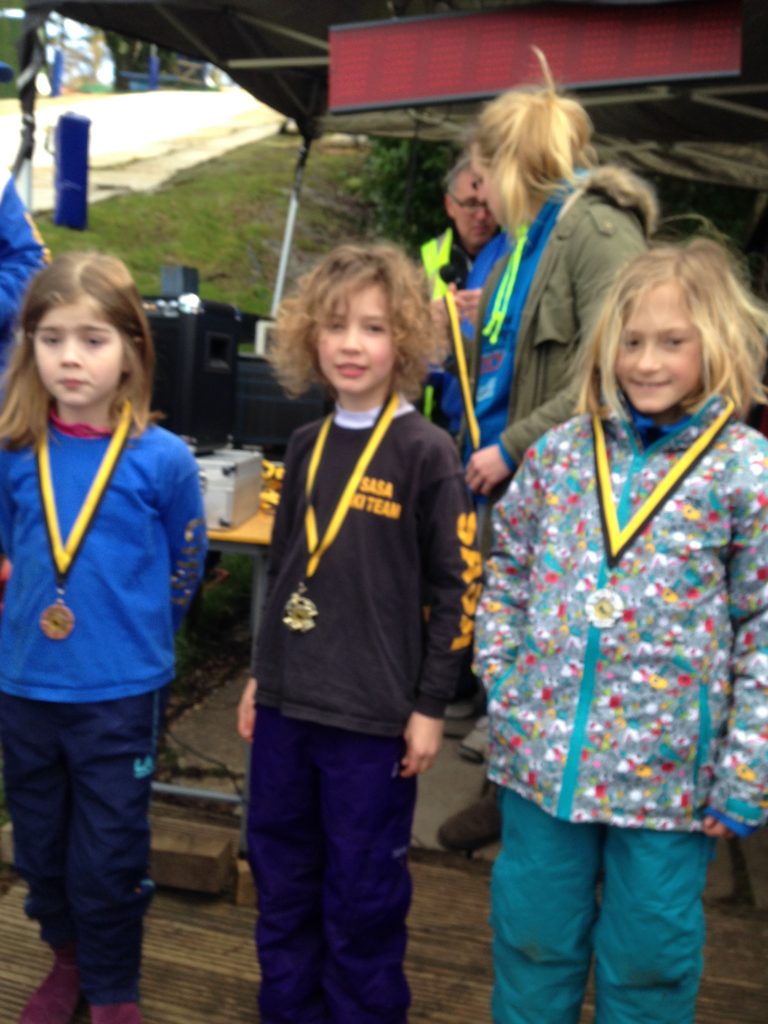 t introduction to racing, this is a dry slope series of four races, which unusually for dry slope racing, is held over the winter months. They are held on 4 Sunday mornings (November, December, January and March) and generally attract about 70 racers, who must be SASA members. The race comprises a minimum of 3 timed slalom runs through the same course, the fastest of which will count as each individual’s time. Individual awards will be made to 1st, 2nd and 3rd racers in each category at the end of each race. Overall awards will be calculated on the three best times from the four races and will be presented after the final race in March). It is low-key racing, specifically designed to introduce new racers to racing. There is no lower (or upper!) age limit.
t introduction to racing, this is a dry slope series of four races, which unusually for dry slope racing, is held over the winter months. They are held on 4 Sunday mornings (November, December, January and March) and generally attract about 70 racers, who must be SASA members. The race comprises a minimum of 3 timed slalom runs through the same course, the fastest of which will count as each individual’s time. Individual awards will be made to 1st, 2nd and 3rd racers in each category at the end of each race. Overall awards will be calculated on the three best times from the four races and will be presented after the final race in March). It is low-key racing, specifically designed to introduce new racers to racing. There is no lower (or upper!) age limit.
It is also a great place for parents who would like to volunteer but are perhaps nervous because all the volunteers look as though they know what they are doing to get involved (have a look at our volunteering page for more details).
The races start early in the morning (you’ll need to be at the slope at around 08:00 and the racing is normally over by 11:30).
SRSA Summer Series
This is a league of five races over the summer run by SASA’s regional governing body.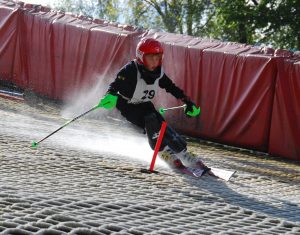
Snowsport South (SRSA) is a division of Snowsport England and is the regional governing body responsible for promoting all disciplines of Skiing and Snowboarding in the southern region of England.
SRSA describes the league as being aimed at providi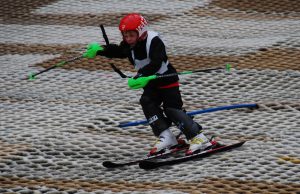 ng young athletes and new comers with the ability to train in a competitive, but fun, environment in preparation for the Snowsport England Club National events. Many skiers have started their racing careers at these events.
ng young athletes and new comers with the ability to train in a competitive, but fun, environment in preparation for the Snowsport England Club National events. Many skiers have started their racing careers at these events.
The races are held at various dry slopes around the region (typically Snowtrax near Christchurch, Southampton, Aldershot, Bowles). The races normally take all day and consist of three individual runs, head to heads (two racers on the slope at the same time) and club and fun team races.
Club Nationals
This is where racing starts to get a bit more serious. The courses are a bit more challeng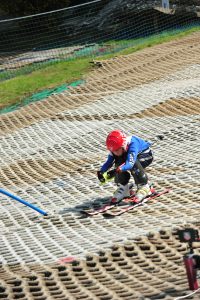 ing and the race officiating is more formal. For the minis (U10 &U12), they are still judged on the best of two or three runs, but for the older racers, the result will be from an aggregation of runs (the precise rules varying for each race). The result of the first and second runs determines your position in the final run, with the fastest racer going last. Seeding come into the start position, so this is where your Snowspnorts registration becomes relevant (though you can enter these races without Snowspnorts registration.
ing and the race officiating is more formal. For the minis (U10 &U12), they are still judged on the best of two or three runs, but for the older racers, the result will be from an aggregation of runs (the precise rules varying for each race). The result of the first and second runs determines your position in the final run, with the fastest racer going last. Seeding come into the start position, so this is where your Snowspnorts registration becomes relevant (though you can enter these races without Snowspnorts registration.
Racing protocols become more apparent (for instance, the posting of DSQs and DNFs are after each) and course officials are more likely to be carrying clipboards! There is usually a minimum age specified (around 8).
GBR Races
These are for experienced racers and are a step up from the Club Nationals. The GBR series is run on indoor and outdoor artificial slopes, organised by Snowsports England, Snowsports Wales and Snowsports Scotland. They are open to registered racers only. For U14 upwards, entry is determined by selecting the racers with the lowest seed points first. There are two runs on two different courses and racers must finish both to count. As it is a series of races (typically around nine or ten), there is a series result, but results are also given for individual races. For U12 and below, non seeded races are run in a similar format to the Club Nationals.
Alpine Races
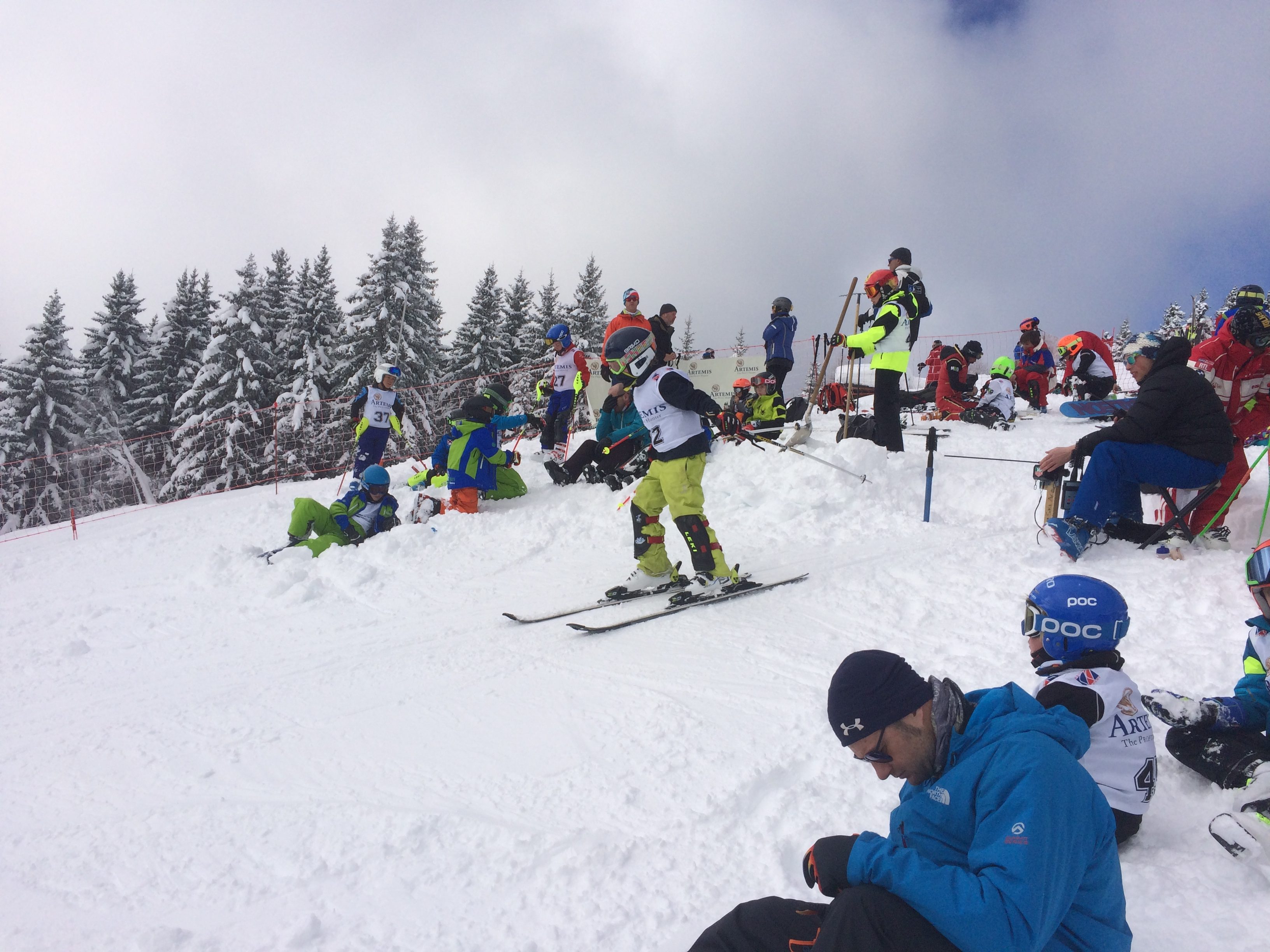
The reason that most of us started skiing, there are too many to mention individually, but it is possible to find something to suit your ability. As with the artificial races, http://gbski.com is a good place to check what is on, but it is worth asking around the club for recommendations if you are unsure where to start.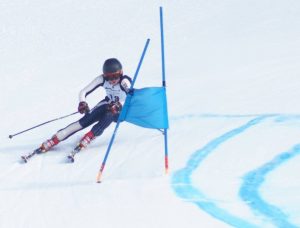 There is usually a minimum age specified (around age 8).
There is usually a minimum age specified (around age 8).
Popular races are the English Ski Championships held in Bormio every February half term as well as the Anglo Scottish Ski Championships in early January (in Crevacol for 2017) and the International Ski School Championships in March (in Pila for 2017). As with artificial racing, there is racing for both individuals and teams.
